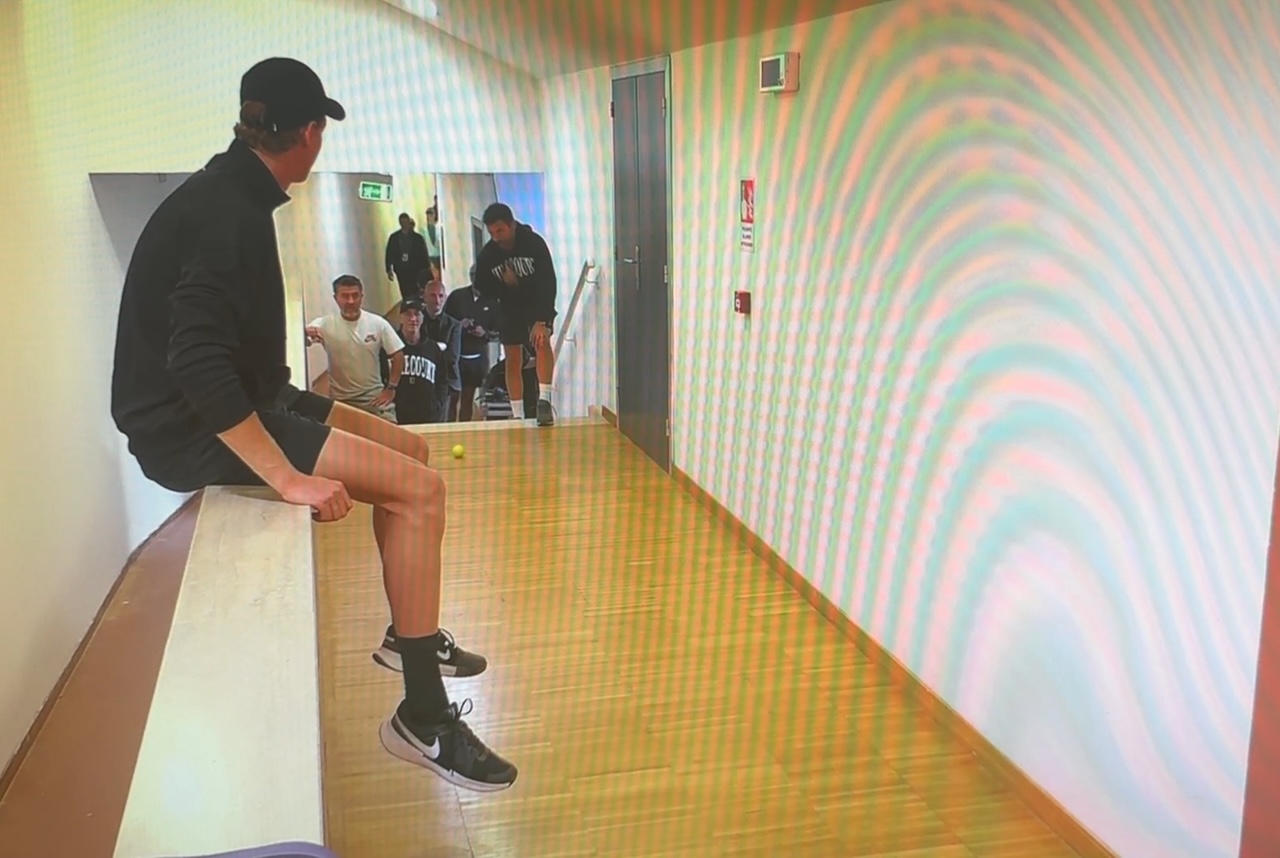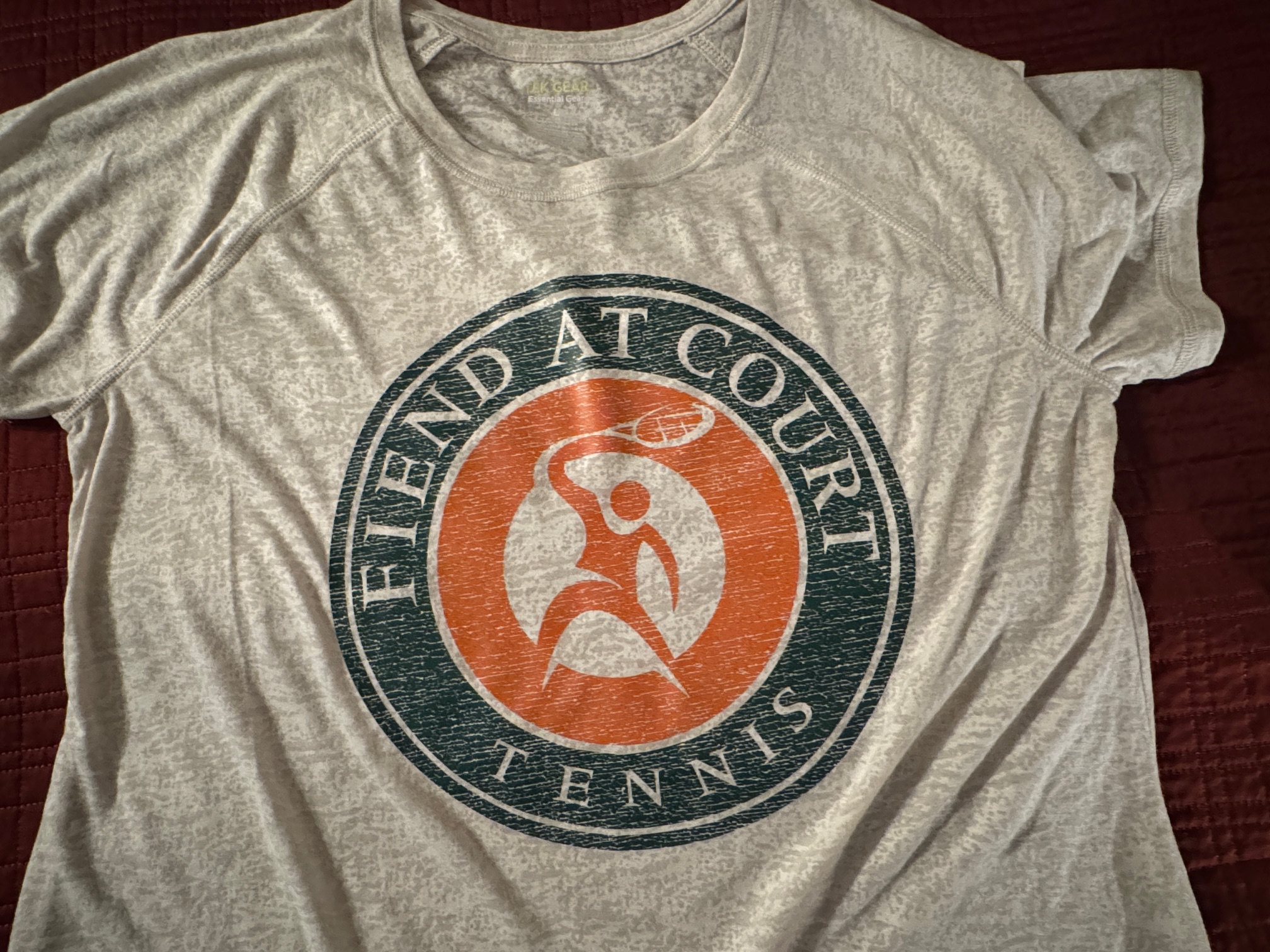“Drop” is a fun and competitive mini-game in tennis that develops finesse, control, and soft touch. The game is typically played between two or four players on a standard tennis court. However, all shots must land inside the service boxes. That restriction transforms the court into a smaller, tighter playing area that rewards precision over power. Players exchange only soft shots such as drop shots, dinks, and gentle volleys, keeping the ball inside the designated space. Anything that lands outside the service box is considered out, and the point goes to the other side.
The game usually begins with one person holding the ball on top of the net tape and quickly releasing it while tapping the top of the net with their racquet. That creates a (somewhat) unpredictable bounce toward one side of the net or the other. Games can be played to any total points, seven or eleven are common targets, but the real value lies in the skill development it offers. “Drop” is especially helpful for players who want to improve their net play, develop better court awareness, and sharpen their reflexes in a low-impact format. It’s also an entertaining and competitive way to warm up or stay engaged between matches.
While I intuitively believe that professional tennis players use many of the same drills and games as the rest of us, it is always nice to see confirmation of that. Earlier this year at the Miami Open, Mira Andreeva and Diana Schnaider took the opportunity to play “Drop” during an injury timeout in a first-round doubles match against McCartney Kessler and Robin Montgomery.

It was a delightful and telling moment. Rather than sitting down and potentially risking mentally checking out, these rising stars of the women’s game used the pause to stay sharp and engaged. Playing “Drop” during an injury timeout or other short stoppage is a legitimately good idea. The game’s low-impact nature is physically light enough to avoid fatigue or injury risk, while also providing sufficient mental stimulation to keep players locked in. As a bonus, it also fine-tunes rhythm and touch, which are skills that will likely become increasingly important as the match progresses.
Perhaps most importantly, playing “Drop” showed a sense of joy and camaraderie that’s easy to overlook in the intensity of professional competition. This light-hearted game gave Andreeva and Schnaider a chance to reset, laugh, and stay relaxed under the pressure of a professional match. Some of the best aspects of tennis, including creativity, skill, and love of the game, shine through in this example.
That moment served as a reminder that the tools of great tennis are universal, and that sometimes, a playful exchange inside the service boxes can be just as significant as any baseline rally. Any recreational player can utilize the “Drop” game to achieve the same goal.



